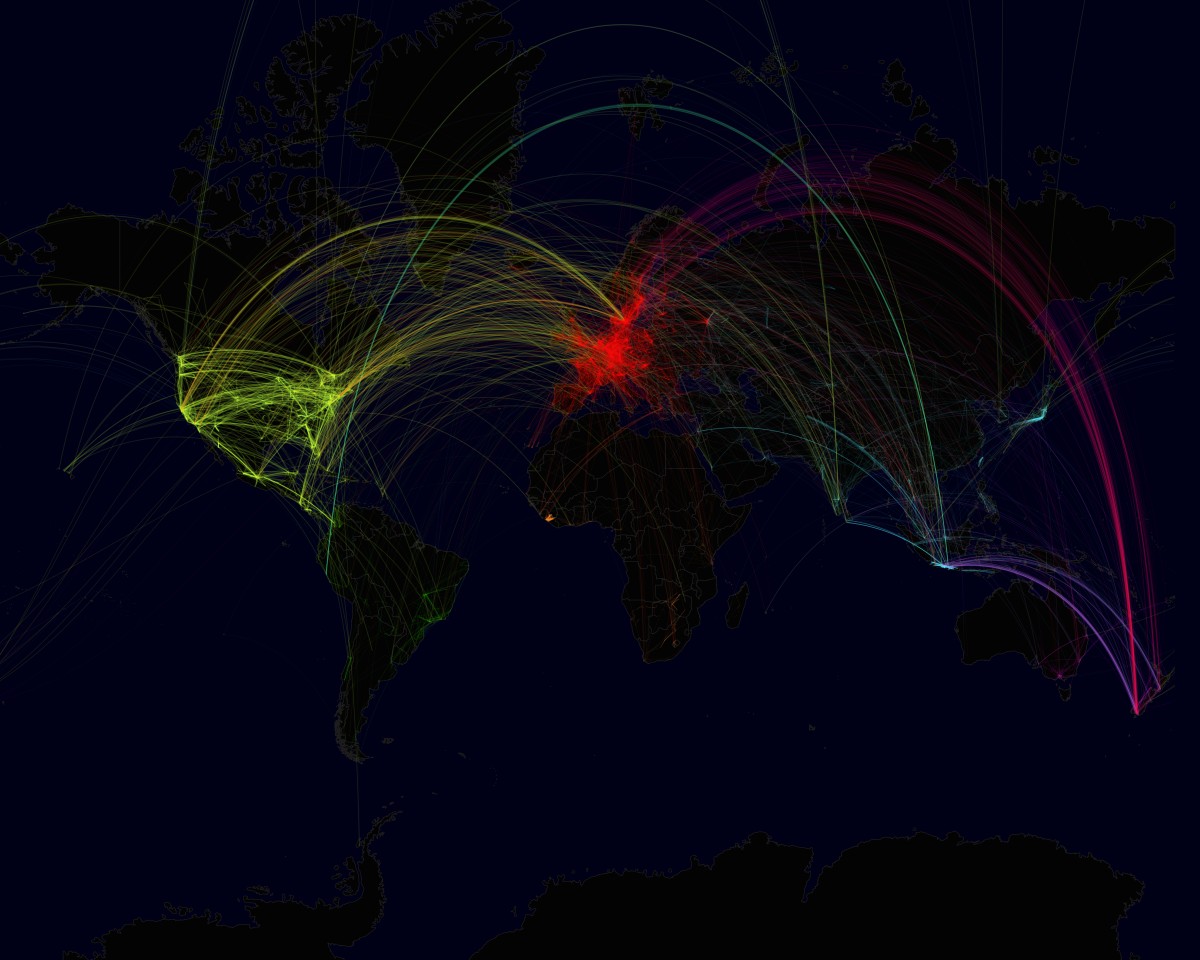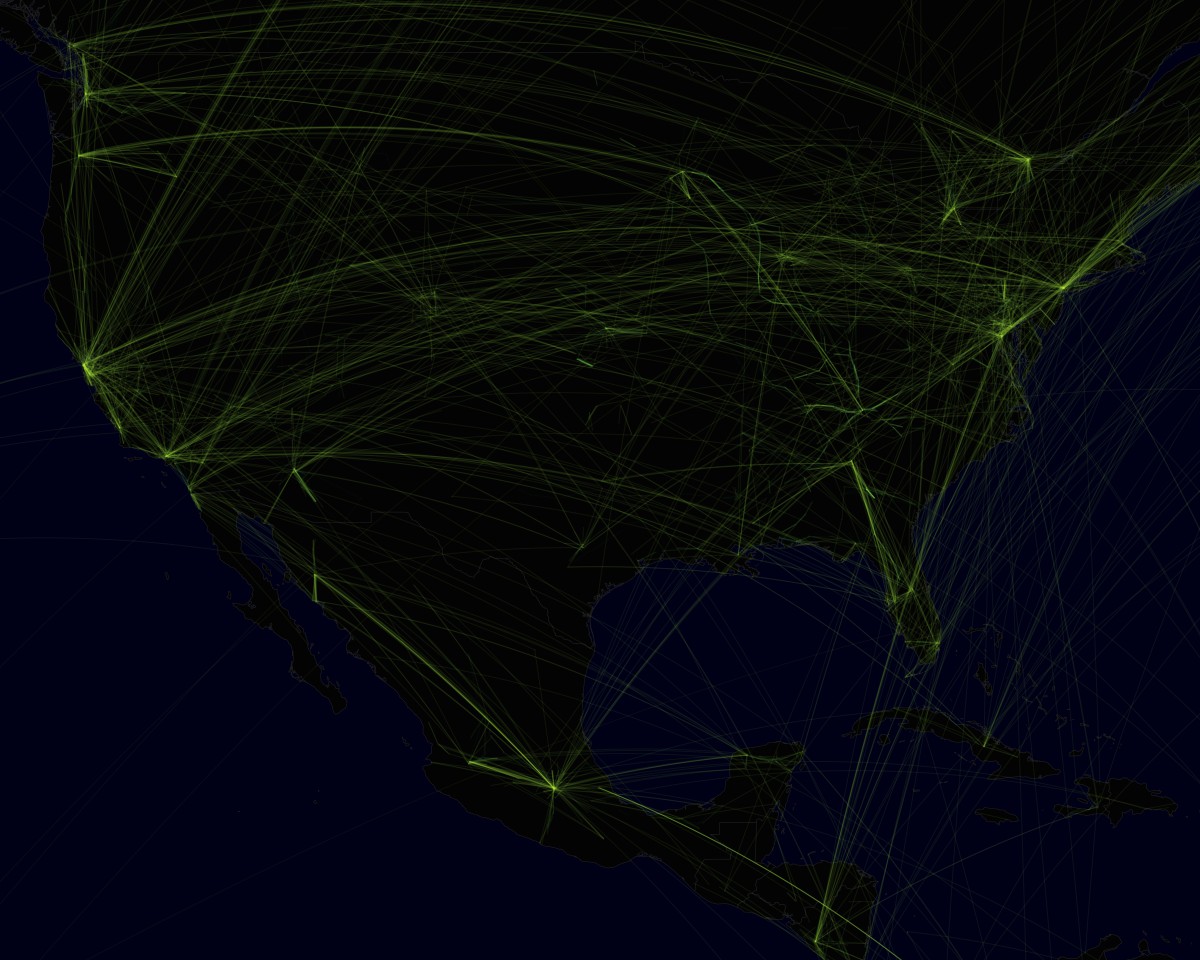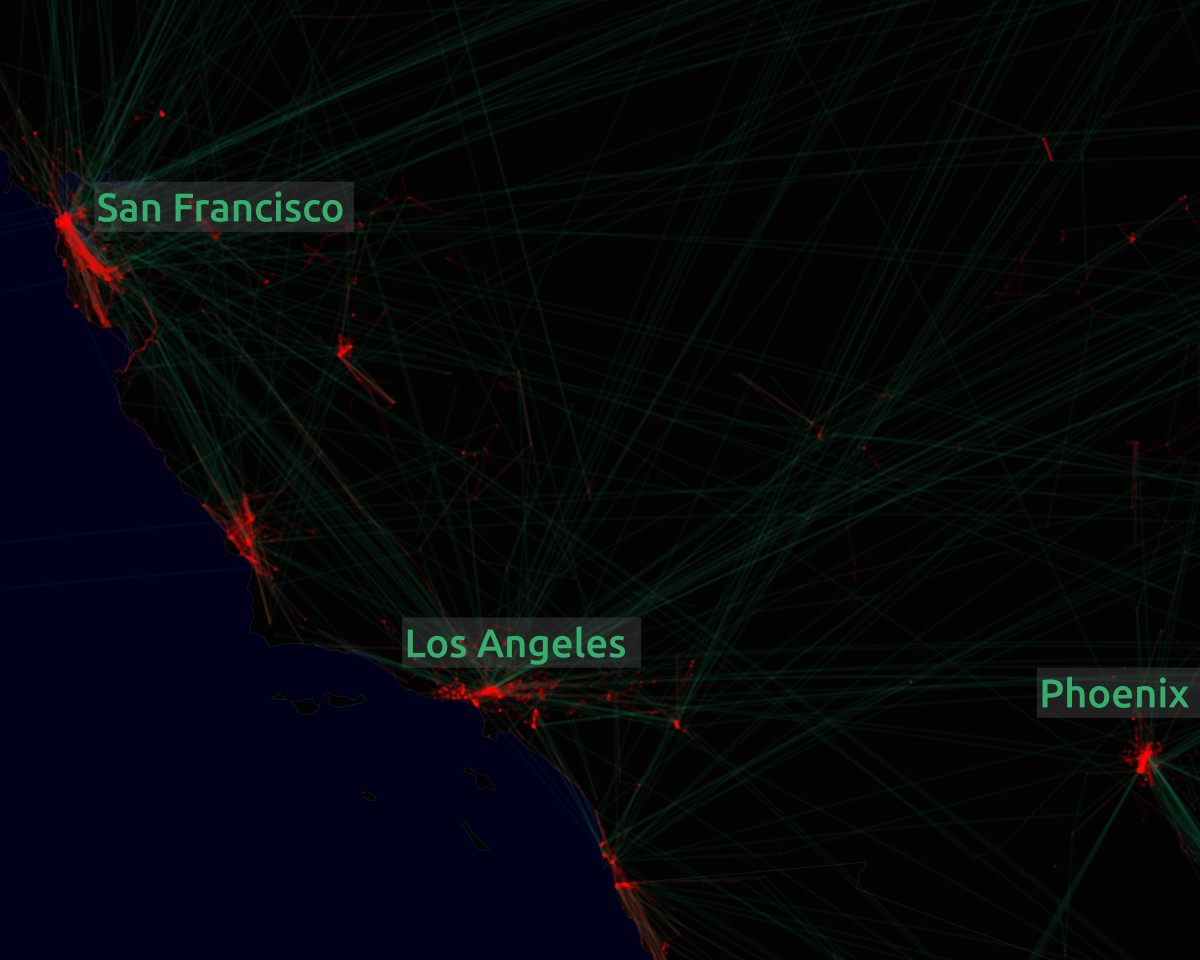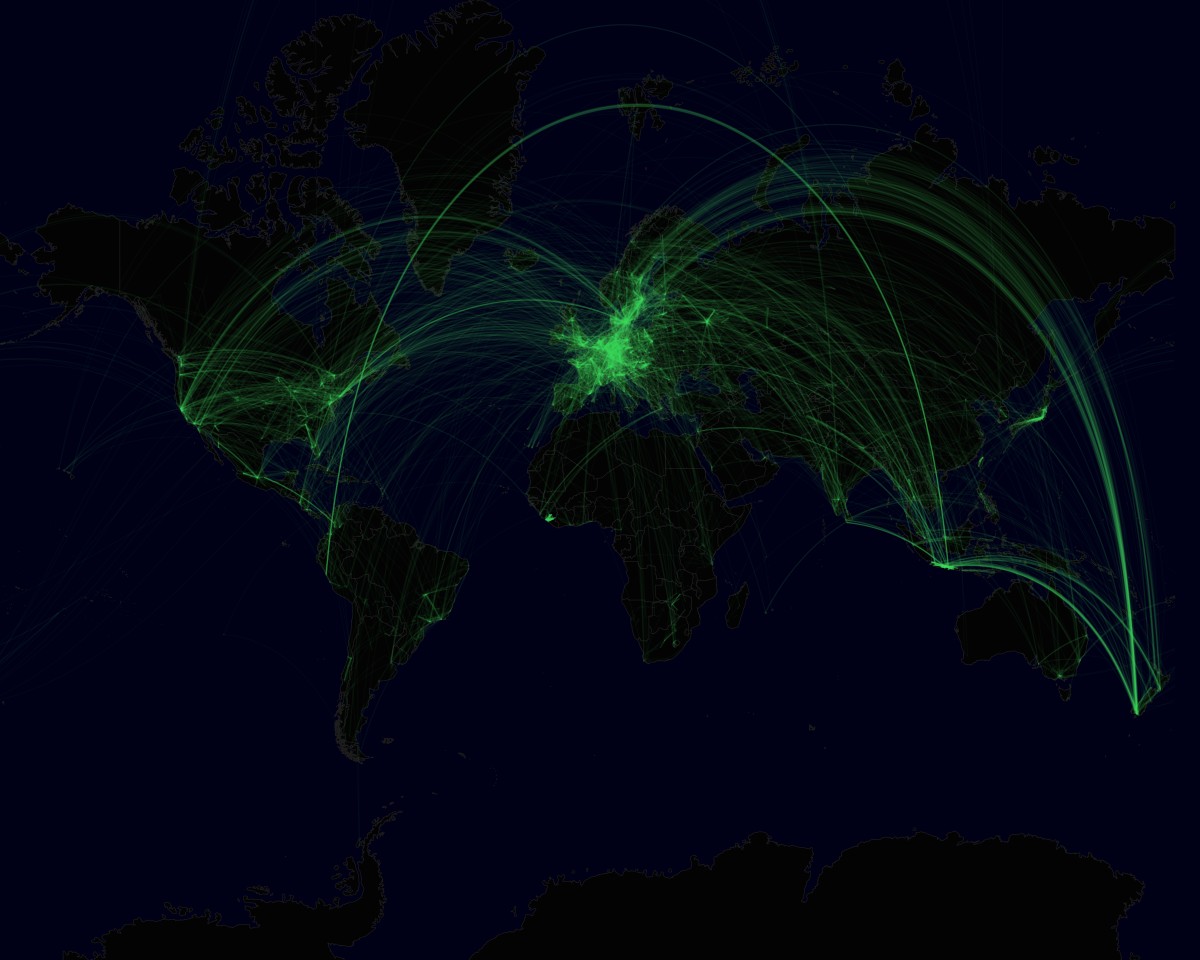Visualizing Global Mapillary Connections
It doesn't take much to capture a few photos for Mapillary. No matter where you are or what device you're using, Mapillary is always with you. You can just grab your phone whenever you see something interesting to put on the map (seriously, when was the last time you left your phone at home on purpose?).
This is true for a lot of use cases but of course there's more to it. Many of you tend to love the great outdoors where charging your fast draining smartphone can be tricky. On the other hand, most hikers (even ultralight backpackers!) are equipped with a GPS for navigation purposes. A camera is also a must to capture spectacular views of the backcountry. These two devices give you the potential to geocode your photos - eventually allowing you to share your adventures with everyone by using Mapillary.
Cyclists can utilize the same method if they're monitoring their performance with a GPS based system. Those action cameras you use to record your rides are also perfect for taking street level photos. And if we put all the small pieces together: cyclists, hikers, tourists and local communities are on a quest together to build the most complete photo representation of the world!
Hiking the Arches National Park in the USA
Many Mapillary photo mappers don't just stop at mapping their local neighborhoods but tend to cover larger areas, sometimes photo mapping all around the globe. Why? Because it's easy, it's useful and it is a lot of fun. Some people are even taking Mapillary to the edges by capturing photos right before taking off and landing. It's interesting to see how many airports have some level of photo coverage throughout the world, providing a unique opportunity to map features previously unavailable for OpenStreetMap (e.g. taxiways along with their references).
Below are some visualizations of this activity focusing on long distance travel. To understand this phenomenon, we mapped the last and first locations of consecutive photo sequences taken by a user along with the shortest path between these positions. The maps below show how and where Mapillary contributors traveled (those connections where photos were at least 50 km apart), revealing some interesting patterns about Mapillary usage. For those of you who love pretty looking maps, click on each to download a high resolution version of the eye candy.
First off, as continents, Europe and North America tend to lead the way with many connections between them. It's not a big surprise considering as of now Mapillary provides the highest coverage in these continents. This can also be noticed by looking at how frequently these places are traveled without leaving the continent (i.e. connecting lines on the mainland). Europe, as it holds our major contributor base, acts as a major "hub" for long distance travels with different destinations reached on all other continents. Well, except for one. If you look closely, Antarctica was only reached from the United States. In any case, you can visually notice some other "hubs".
Some other types of places indicating very strong and committed local communities can also be observed. Take a look at Brazil, Japan or Liberia. These countries have a very small number of incoming connections compared to the intensity of domestic travels. The global map is also available with different colors, coding the continent the travel originated from. This helps you identify, for example, the places with local travels (where a color is "condensed").
 Global Mapillary travels with color coding
Global Mapillary travels with color coding
Moving on to a larger scale shows a more detailed representation of this pattern on the continent level, resembling a network of connections. Areas with a lot of connections tend to be around bigger cities, with many Mapillary contributors connecting other active and less popular areas. Besides the heart of Europe where every place is strongly connected to many other places, all roads tend to lead to South Sweden and Denmark thanks to the early adapters who spread Mapillary across the continent. Other popular places like Barcelona, Paris or London also stand out from their surroundings.
Interestingly, some other places are clearly visible on this map of connections but are separated from other popular areas. Moscow, or for that matter, Budapest, show a lot of travel activity but are barely connected with the most active parts of the continent. Again, this might be a result of a strong local community and a lower level of international mobility in these places.
North and Central America resemble a different situation with fewer number of high-level nodes but more long-distance travel. Different coast-to-coast routes are obvious. With a few additions, most traveled areas also lie on the coasts, like NYC, the Washington DC-Baltimore areas in the East and LA and San Francisco in the West. Outside the United States, a few places that are easy to notice are Ottawa, Mexico City, and Managua in Nicaragua.
 Mapillary travels in North America
Mapillary travels in North America
Endless number of unique visualizations can be made. For example, long distance travels can also be combined with short distance ones. The map below focuses on the West Coast of the United States. Red colors highlight short distance travels (less than 100km), closely resembling a regular Mapillary coverage map. A combination like this has a huge addition, it not only shows us where to expect Mapillary contributions, but also shows that contributor mobility is not homogeneous. Take a look at Phoenix for example, that doesn't have close ties to the West Coast - even though they're relatively close.
 Mapillary travels in the West Coast
Mapillary travels in the West Coast
Obviously, one can find several other examples on these maps. In any case, these visualizations nicely show the main directions of Mapillary travels. As you can see, people are already taking their photo equipment wherever they go and capturing different parts of the planet. You can easily join the fun an put more lines on these maps, representing you and your areas of interest. If you're already a contributor, look up the places you've mapped and see all the other places fellow mappers in the same area visited along their way. We'd like to hear your stories about traveling and Mapillarying! Also let us know if you notice something interesting in these maps.
Happy mapping,
/Levente & the Mapillary team


